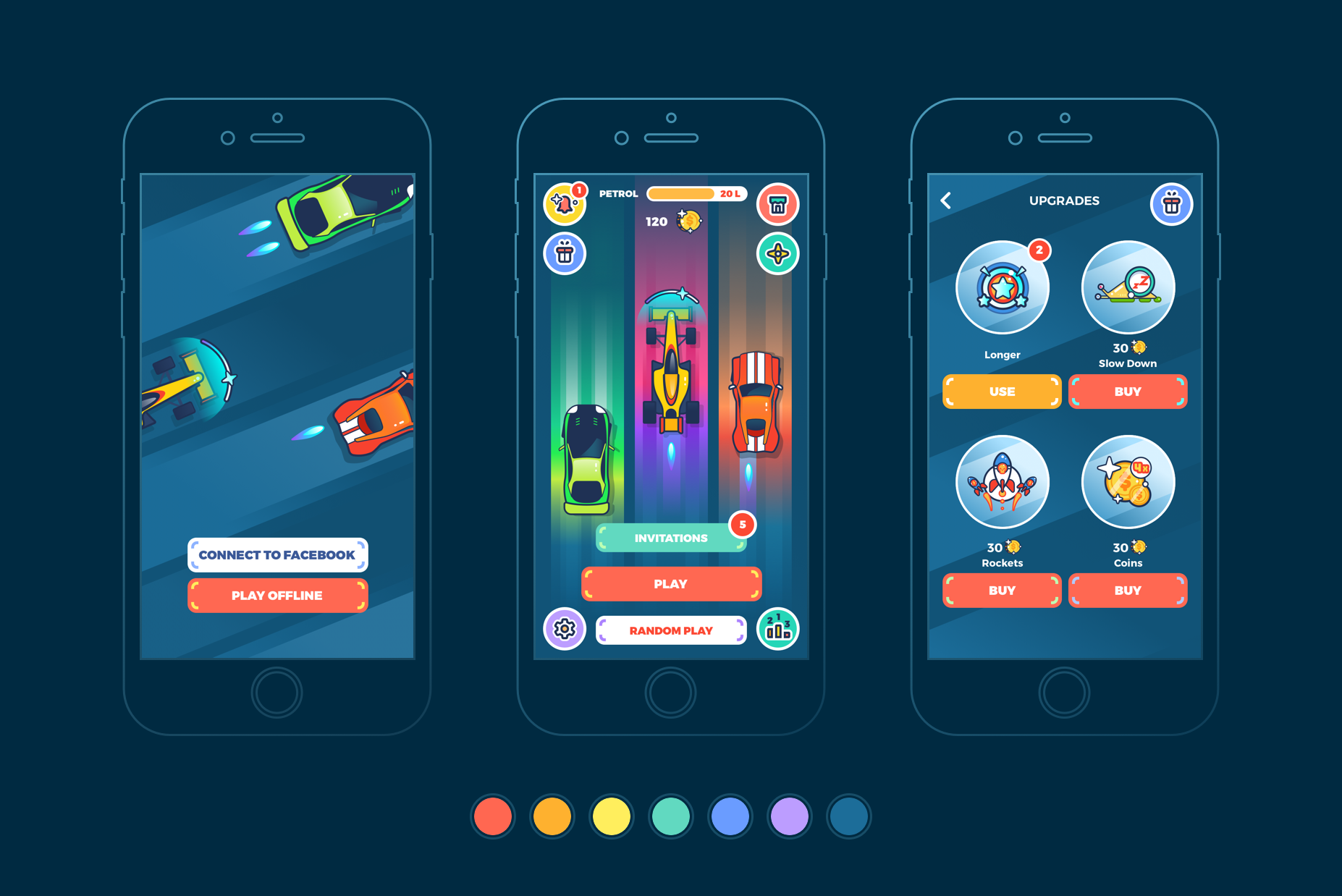News Blast
Your daily source for the latest news and insights.
Designing Delight: How to Make Users Fall in Love with Your Interface
Unlock the secrets to creating irresistible interfaces that captivate users and keep them coming back for more!
5 Key Principles of User-Centered Design for Interfaces
User-Centered Design (UCD) is a crucial approach in creating interfaces that prioritize the needs and preferences of users. The first key principle of UCD is understanding user needs. This involves conducting thorough research to gain insights into the target audience's goals, tasks, and behaviors. By utilizing techniques such as interviews, surveys, and usability testing, designers can gather valuable information that guides the design process. The second principle emphasizes iterative design, where prototyping and testing occur in cycles. This allows for continuous user feedback, ensuring that the interface evolves based on real user experiences.
The third principle focuses on designing for usability, which involves creating intuitive interfaces that users can easily navigate. This can be achieved by applying established usability heuristics and maintaining consistency throughout the design. Fourth, inclusivity must be considered to ensure that the interface accommodates users with varying abilities and backgrounds. Employing accessibility standards not only broadens the audience but also enhances the overall user experience. Lastly, the fifth principle highlights the importance of feedback mechanisms. Providing users with clear indications of their actions, such as confirmation messages and error alerts, fosters a sense of control and trust in the interface, ultimately leading to greater satisfaction.

How to Create Emotional Connections Through Interface Design
Creating emotional connections through interface design is essential for enhancing user engagement and fostering loyalty. One effective way to achieve this is by incorporating human-centered design principles. By understanding your target audience's needs, preferences, and pain points, you can design interfaces that resonate on a personal level. For example, using relatable imagery, empathetic messaging, and familiar navigation can evoke positive emotions, making users feel understood and valued.
Another powerful strategy is to utilize color psychology in your design. Colors can significantly influence emotions and perceptions; for instance, blue often conveys trust and reliability, while red can evoke excitement and urgency. By carefully selecting your color palette, you can create a mood that aligns with your brand's identity and elicits the desired emotional response from users. Additionally, incorporating elements like animations or micro-interactions can provide a delightful experience, further strengthening the emotional bond between the user and the interface.
What Makes an Interface Truly Delightful?
Creating a truly delightful interface goes beyond basic functionality; it involves user experience design that evokes positive emotions. This requires a deep understanding of user behavior, preferences, and pain points. An ideal interface should offer seamless navigation, where every element feels intuitive and purposeful. For instance, visual hierarchy plays a pivotal role; by using contrast and whitespace effectively, designers can guide users' attention to important actions, making their journey through the interface feel effortless and enjoyable.
Moreover, delightful interfaces often feature delightful animations and micro-interactions that enhance user engagement. These subtle effects, like button hover states or loading animations, create a sense of feedback, making users feel in control and connected. A well-crafted interface also embraces consistency in design elements, including colors, fonts, and icons, which fosters a sense of familiarity. Ultimately, a delightful interface is one that not only meets user needs but also surprises and delights, leaving a lasting impression that encourages continued interaction.